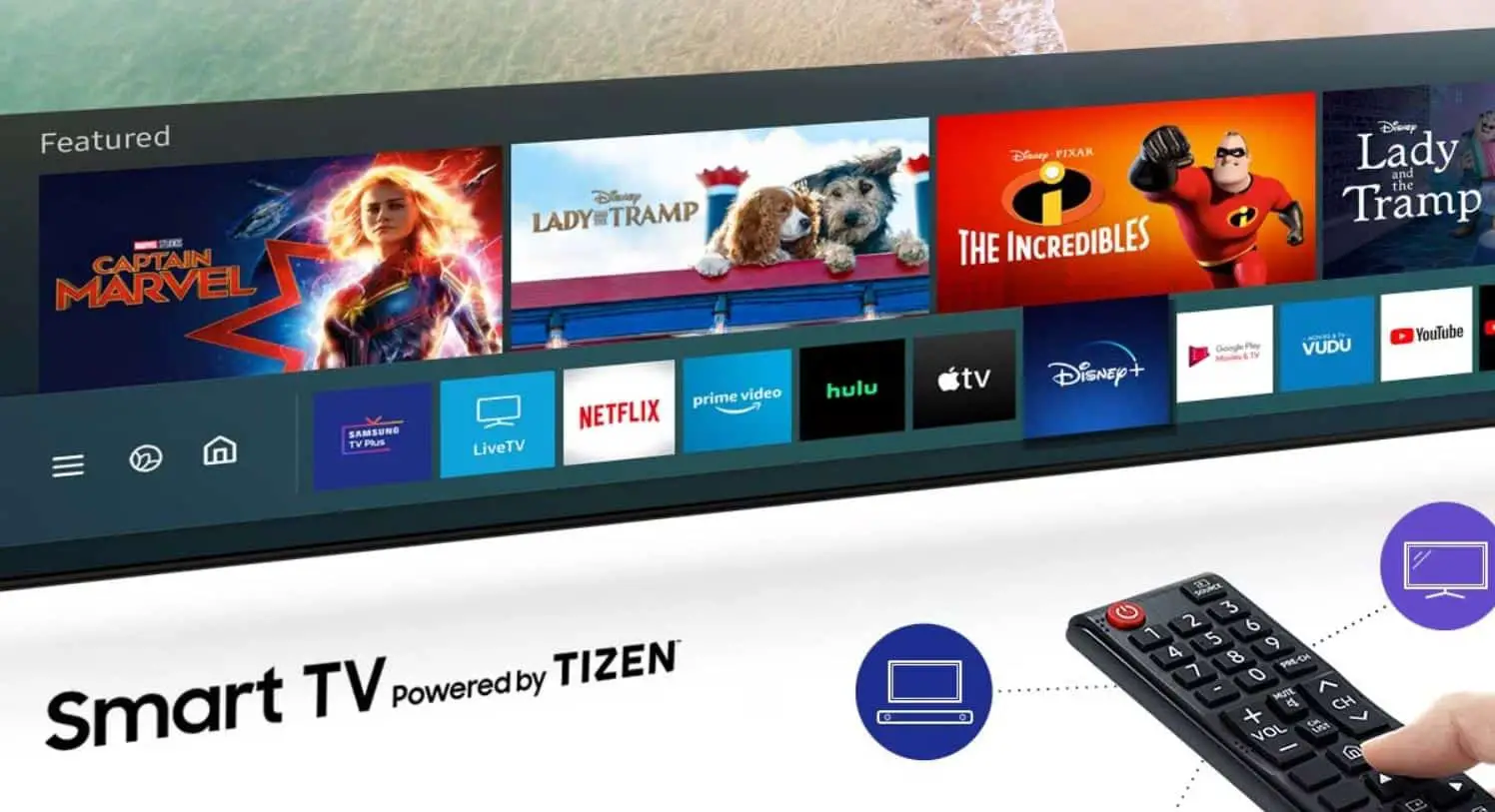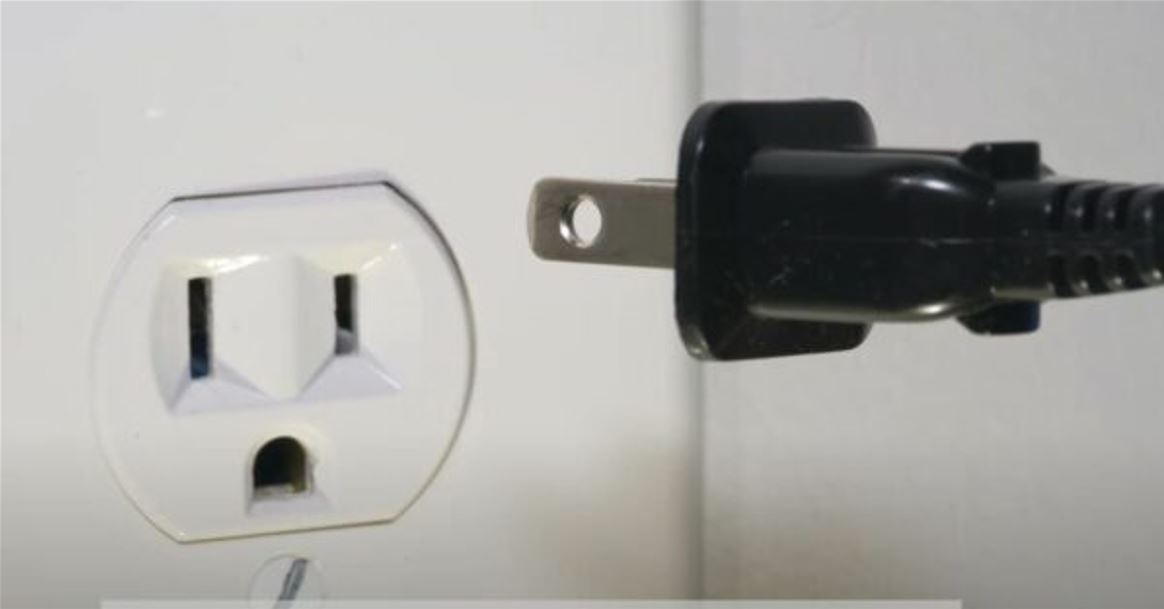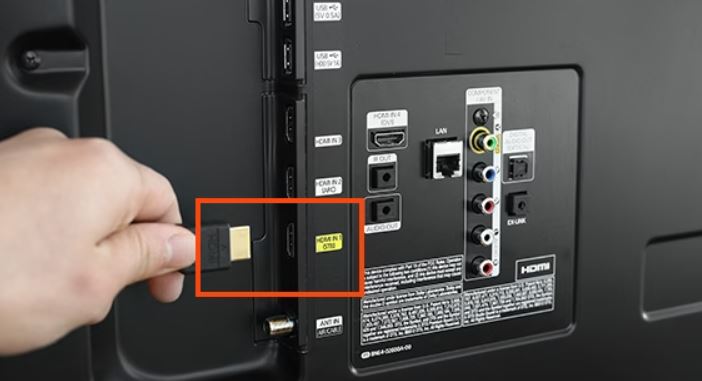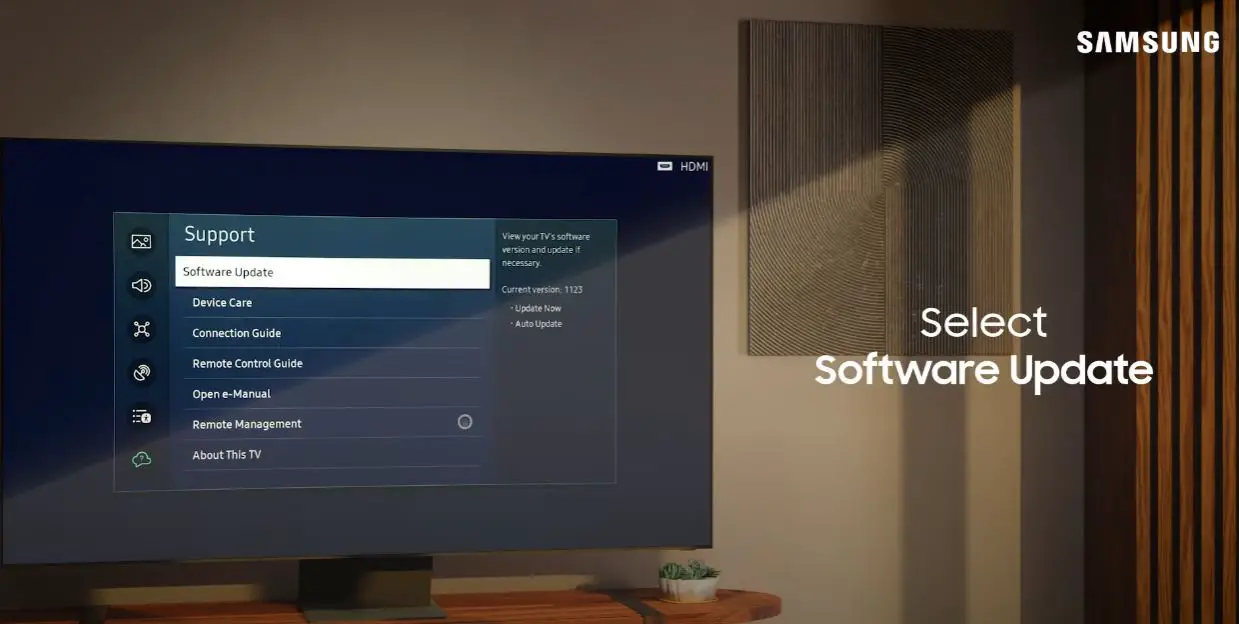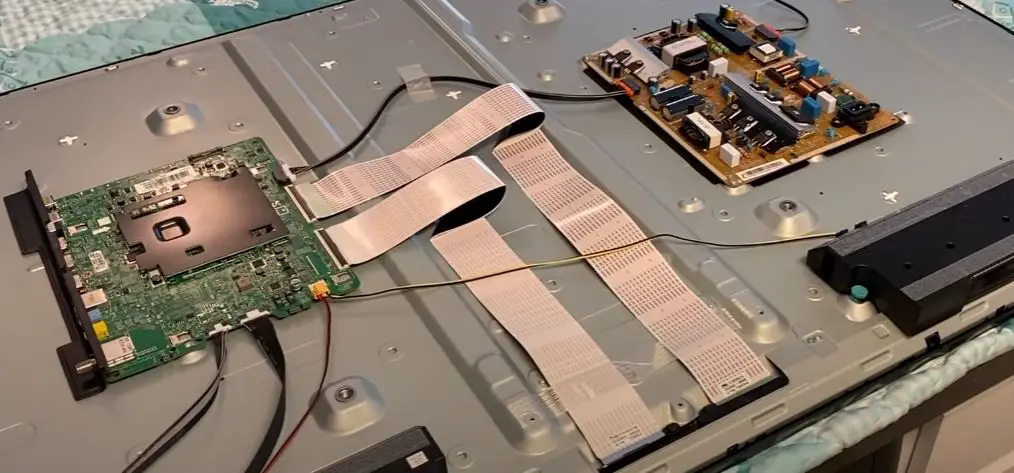A flickering or intermittent black screen is one of the most common issues with Samsung TVs. It can be incredibly frustrating when your expensive TV starts exhibiting this problem seemingly out of nowhere. However, in most cases, this issue can be fixed with some basic troubleshooting and tweaking of settings. Here is a comprehensive guide on diagnosing and fixing Samsung TV flickering screens.
Symptoms of the Samsung TV Flickering On and OFF
Before jumping into solutions, let’s first go over the typical symptoms of this problem so you can determine if this guide applies to your situation.
- The primary symptom is, of course, a flickering display. The TV screen will randomly go black for a few seconds, sometimes repeatedly, before showing the picture again.
- You may see brief white static flashes whenever the flickering screen appears.
- The flickering issue is usually intermittent. It does not always happen but comes and goes randomly while watching TV.
- The rest of the TV functions normally. Audio/sound works fine, and the TV menus display properly. It is only during video playback that the screen flickering occurs.
- Older Samsung TV models tend to exhibit this issue more frequently as they age. But it can happen with newer sets as well.
If your Samsung TV matches these symptoms, there is a very good chance the solutions outlined in this guide will resolve your problem.
Potential Causes of Flickering Screen on Samsung TV
Before we get into troubleshooting steps, let’s go over some of the most common causes behind Samsung TVs having a flickering screen issue:
Faulty or Loose HDMI Cable Connection: One of the first things to check is if the HDMI cable(s) connected to your devices are firmly plugged in. A partial loose connection results in intermittent signal loss and flickering screens. Try jiggling the HDMI cables to see if it worsens or replicates the problem.
Outdated Firmware Version: Samsung provides periodic TV updates to fix bugs and improve performance. If your TV firmware is severely outdated, it can sometimes manifest as a screen flickering problem.
Incorrect Input Source Settings: If the input sources are configured incorrectly with the wrong Hz frequencies, it can lead to handshaking issues between the source and TV, causing flickering screens.
Incorrect Picture Settings: Wrong picture settings like Picture Size and HDMI Black Level can sometimes contribute to or exacerbate flickering black screen issues.
Bad T-Con Board: The T-Con (Timing Controller) board controls communication between components in the TV. A faulty T-Con board can definitely cause screen flickering issues.
Bad or Failing LED Backlights: LED TVs can manifest as flickering screens when the LEDs start wearing out and malfunctioning. If LED replacement doesn’t fix it, the LED driver board might be faulty.
Incompatible Source Content: Trying to display content at resolutions and frame rates unsupported by the TV will result in flickering screens and signal loss.
Now that we better understand what’s causing the problem let’s move on to the step-by-step troubleshooting guide.
Samsung TV Flickering Black Screen, No Picture: What to Do?
Follow these steps to diagnose and fix your Samsung TV’s screen flickering issue:
Power cycle the TV
- Unplug the TV power cable from the wall outlet for 60 seconds
- Then plug it back in and turn the TV on.
- Power cycling can reset glitches and resolve temporary software issues.
Check Connections
- The first step is to check that all your devices are securely connected to the TV, especially the HDMI cables.
- Unplug them from both ends and plug them back in firmly.
- If the TV is connected to an AV receiver, also check its connections.
- Also, try swapping out cables if possible to isolate any faulty ones.
Verify Source Signal Compatibility
- Ensure that the video output from your devices matches the capabilities of the TV.
- For example, an older 1080p TV won’t accept a 4K signal from newer devices and causes flickering.
- Refer to the TV and device manuals to verify supported resolutions and frame rates.
Test Different Input Sources
- Swap the input sources around to isolate if a particular device is causing the issue.
- For example, move your set-top box connection from HDMI 1 port to HDMI 2.
- If the flickering persists on all ports, the issue is with the TV.
- If it only occurs with a specific source device, then that device needs troubleshooting.
Adjust Input Signal Settings
Navigate to the Input Signal Plus menu and adjust the settings for each input source:
- HDMI Black Level – Set to Normal or Low based on source device signal
- RGB Only Mode – Try toggling between On and Off
- HDMI UHD Color – Try turning On and Off
- HDMI Ultra HD Deep Color – Turn Off for non-4K sources
Tweaking these signal-related settings will fix any conflicts between the source and the TV, leading to black screen flickering.
Disable Energy Saving Features
- Press the Home Button and select Settings
- Select All Settings
- Then General & Privacy
- Now select Power and Energy Saving
- You can disable Energy Saving mode and any APS (Auto Power Saving) features from here.
- These settings can sometimes interfere with video signals and cause flickering screens.
Adjust TV Picture Settings
Incompatible video settings between your TV and an input source often cause flickering issues. Test adjusting the following picture settings:
- TV Resolution: Lower TV display resolution and match it to the native resolution of the video source. For example, 1080p is for BluRay or HD cable, 720p is for DVDs, and 480p is for retro game consoles.
- Picture Mode: Change the TV’s Picture Mode to a simplified preset like “Standard,” or try enabling Game Mode if flickering occurs when gaming. Avoid elaborate preset modes.
- Backlight / Contrast: Flickering is sometimes caused by excessive backlight or contrast. Lower both settings until the flickering stops.
- TrueMotion / Motion Smoothing: Samsung’s TrueMotion feature can cause flickering in certain situations. Disable TrueMotion entirely.
- Local Dimming: Disable local dimming features like UHD Dimming if available.
- Color Space: Try changing it from Auto to Native if the TV allows it.
If adjusting these basic picture settings eliminates the flickering, you’ve solved the issue and can tweak settings to your preference while avoiding the problem combination.
Check for Firmware Updates
Samsung frequently pushes out firmware updates with bug fixes for its smart TV software. Check if your TV is running the latest firmware version:
- Navigate to Settings > Support > Software Update and select Update Now. If available, install new firmware and check if flickering stops once updated.
- Alternatively, visit Samsung’s online firmware download page and search for your TV model. Download the firmware file to a USB drive, insert it into your TV, and install the update manually.
A firmware update can potentially resolve flickering caused by a software bug.
Factory Reset and Firmware Re-Install
More advanced troubleshooting is required if you’ve ruled out cables, source devices, and picture settings. Attempt a full factory reset followed by a fresh firmware install:
- Back up custom settings and apps – factory reset will delete all data.
- Initiate factory reset via the Settings menu. Follow on-screen prompts.
- Once the TV reboots, download the latest firmware from Samsung’s website to a USB drive.
- Insert USB into TV and initiate firmware update. Allow the installation to complete fully.
- Run through the TV setup process and re-configure your settings/apps.
This process wipes system data and reinstalls fresh firmware. Any prior corruption or bugs are resolved.
Inspect Physical Components
At this stage, hardware problems are the likely cause of flickering. Physically inspect these TV components:
- Cabling – Wires may have loosened after extended use. Unplug and firmly reconnect all rear panel cables.
- Ribbon Cables – Flickering is sometimes caused by loose ribbon cables linking internal TV components. These may need re-seating by a technician.
- Power Supply – Weak power output can cause flickering. The power supply may need replacement by a professional.
- T-Con Board – This component controls the TV’s screen. A faulty T-Con board must be repaired or replaced entirely.
- LCD Panel – If flickering persists through software fixes, the LCD panel itself could be damaged and require replacement.
An experienced television repair technician should complete any physical internal issues requiring the disassembly of the TV. Component-level fixes or replacements will fully resolve hardware-related flickering problems.
Contact Samsung Support
If you have tried all the steps with no luck, then get in touch with Samsung Support. They can run diagnostics tests to pinpoint the faulty component causing your model’s flickering issue. Whether it is a bad T-Con, LED driver, or panel component, they can replace it.
Conclusion
Troubleshooting Samsung TV flickering screen issues requires methodically narrowing down if it is a loose connection, outdated firmware, incompatible settings, or hardware fault. Review each step carefully, checking connections, cables, input signals, software updates, system settings, and hardware issues like bad T-Con board or LEDs. Our comprehensive guide should help you finally resolve that irritating screen flickering problem on your Samsung TV. Remember to take proper precautions if opening the TV for internal component replacements. If the steps are unsuccessful, reach out to Samsung support, who can accurately diagnose and repair the issue. With patience and focus on potential causes, you can fix your Samsung TV’s flickering screen.

